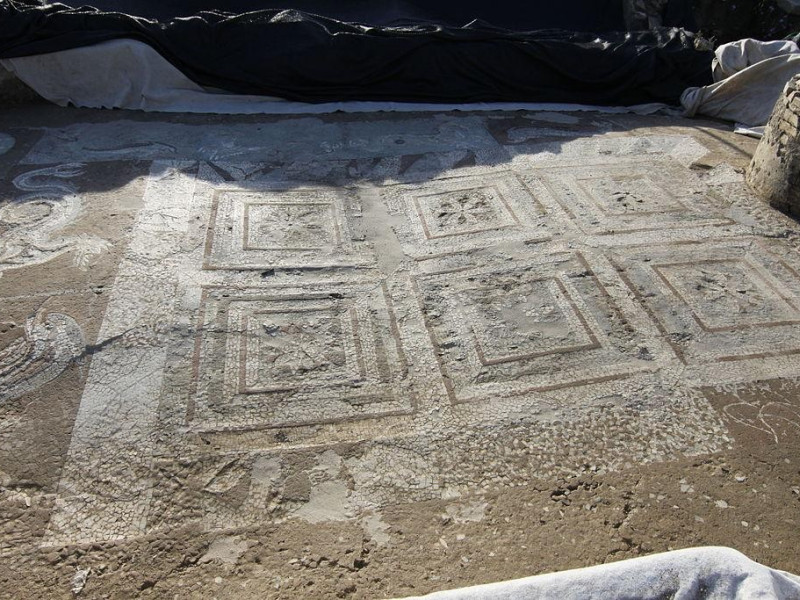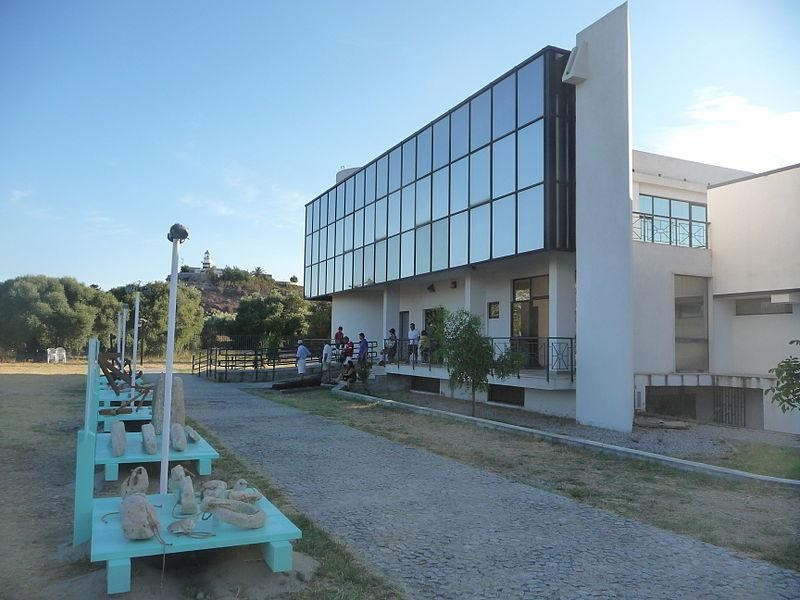Parco Archeologico di Kaulon
The Archaeological Park of Kaulon covers a strip parallel to the coastline and a large sector of the ancient settlement and the sacred area of the Doric temple. The excavation area is accessible through the underpass of SS Jonica 106, near the Museum. Like the other Magna Grecia colonies, also Kaulon was organized according to a precise urban plan. In the Hellenistic period, following the destruction of the city in 389 BC by the tyrant of Syracuse Dionysius I, the urban space was reorganized according to the regular "Hippodamian" system (named after the architect, Hippodamus of Miletus): a narrow network road (stenopoi), arranged from upstream to downstream to facilitate the flow of water, which is intersected perpendicularly to wide roads (plateiai). So the isolates were divided into lots by narrow gaps, each batch was then divided into two houses square (17x17 m). The road surface was constituted by simple throw of sand and gravel, with the addition of ceramic fragments. In the homes of the most prestigious, it marked the distinction between the residential part and the part of representation: the home of ''Insula I", for example, presents the distinction between "gineceum" (part reserved for women) and "androecium" (part reserved for men) mentioned by ancient sources. The yard played a key role: in addition to connecting environments, it was home to many domestic activities. The "House of the Dragon", the sea dragon that appears in one of the mosaic floors that distinguish it, is one of the most luxurious homes in the city: special dimensions, is bisected in a field north of representation, and a southern sector, residential. Polychrome sea dragon, now housed in the National Archaeological Museum of Reggio Calabria, decorated the threshold of the largest compartment, in which a box appears in the center of stylized waves. The use of lead sheets can be dated to the third century BC, and consider it one of the oldest mosaic ever found in Calabria. A path that follows the course of one of the main streets of the city (plateia S2), it allows you to view the remains of the city. The final stretch of the trail leads to the sacred area of the Doric temple, which are visible stand, the altar, the steps and other structures of sacred character. An underpass at the opposite end of the previous year to reach an area of the town further upstream. The Museum presents an exhibition of the artefacts found in excavations carried out by Orsi at the beginning of '900, and the most recent, launched the 80s and still in progress. The special exhibition is the presentation of various settings related to the sacred areas, daily life and craftsmanship (clay and metal). A section is dedicated to underwater finds, the result of prospecting carried out on the stretch of sea facing the ancient town: these architectural elements of great value, found in an area in which they worked the stone.
* Francesco Antonio Cuteri, B. Rotundo, Il territorio di Kaulonia fra Tardoantico e Medioevo. Insediamenti, risorse, paesaggi. in Kaulonía I, 2001




